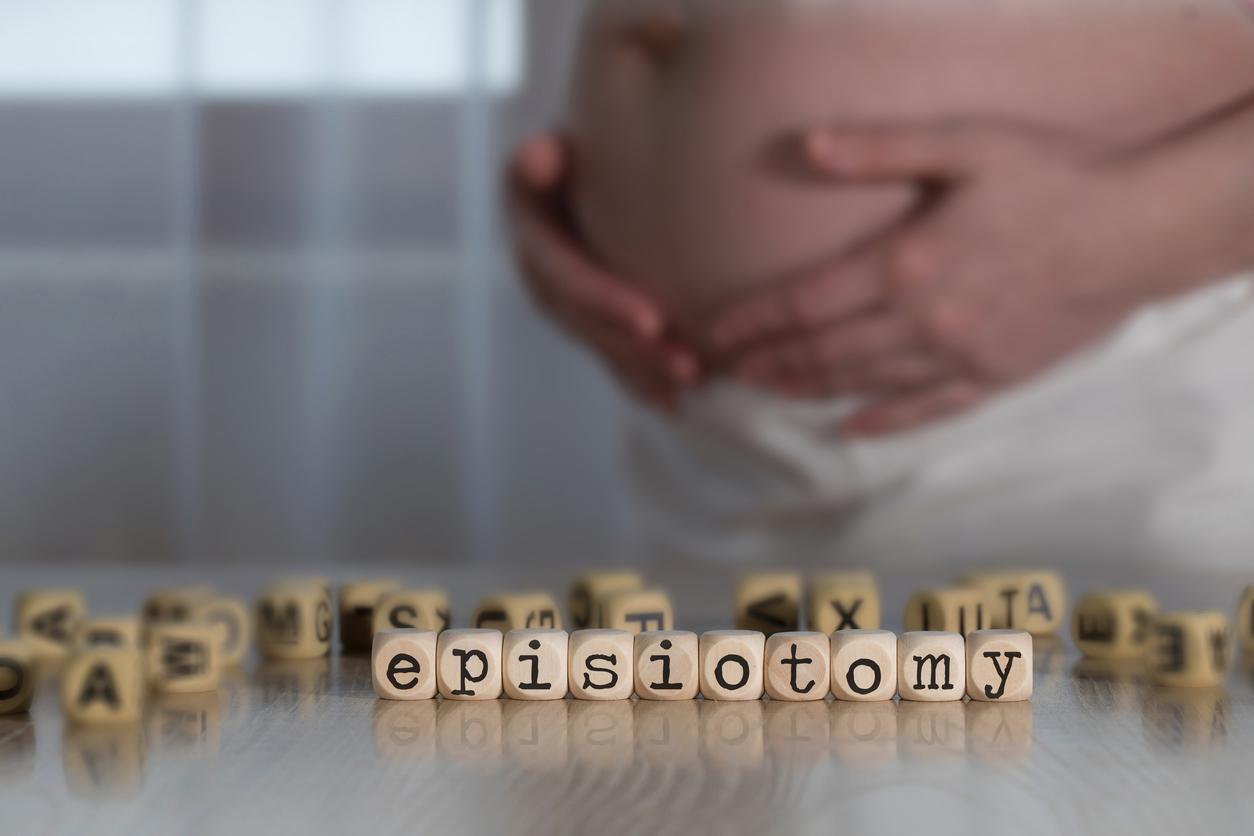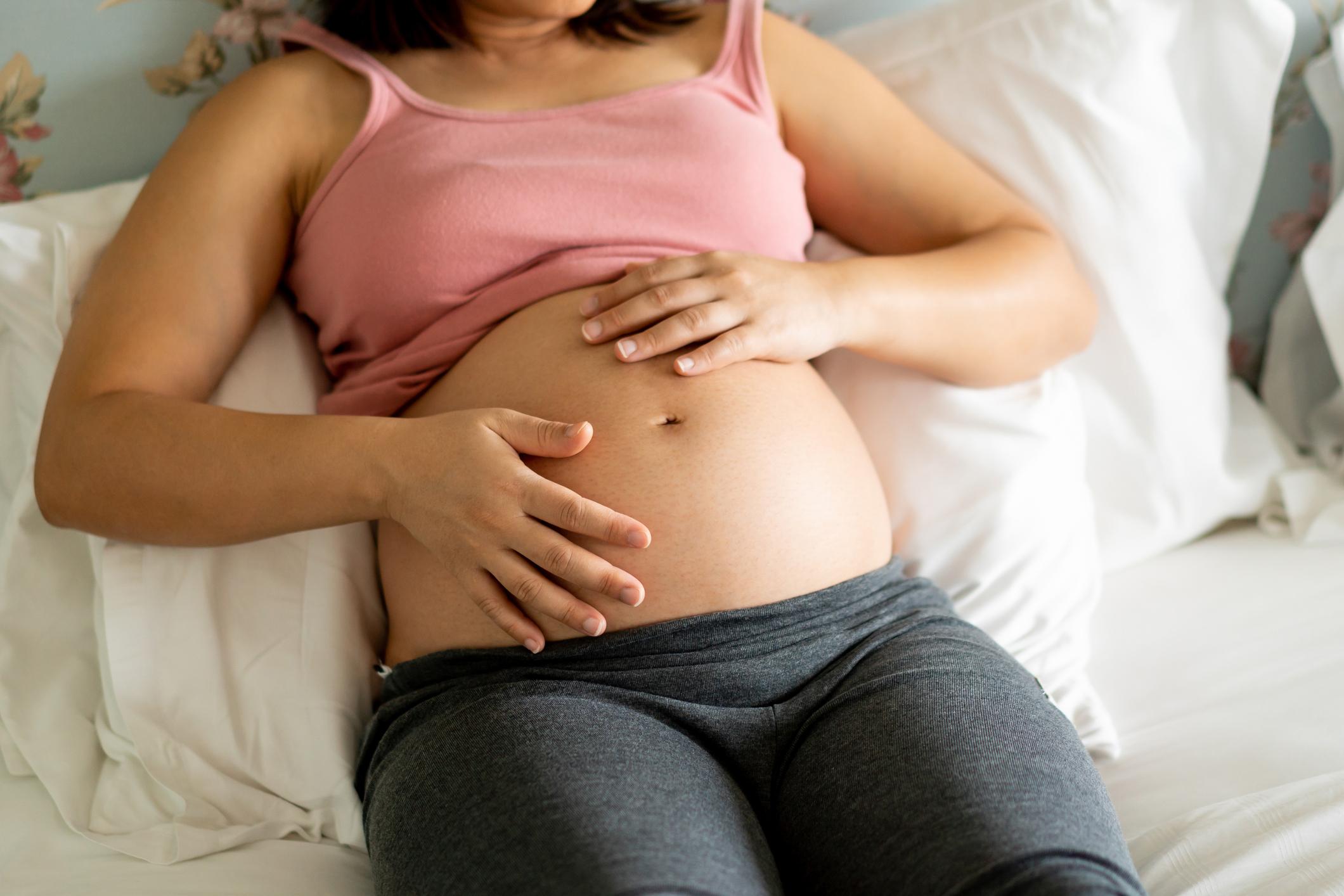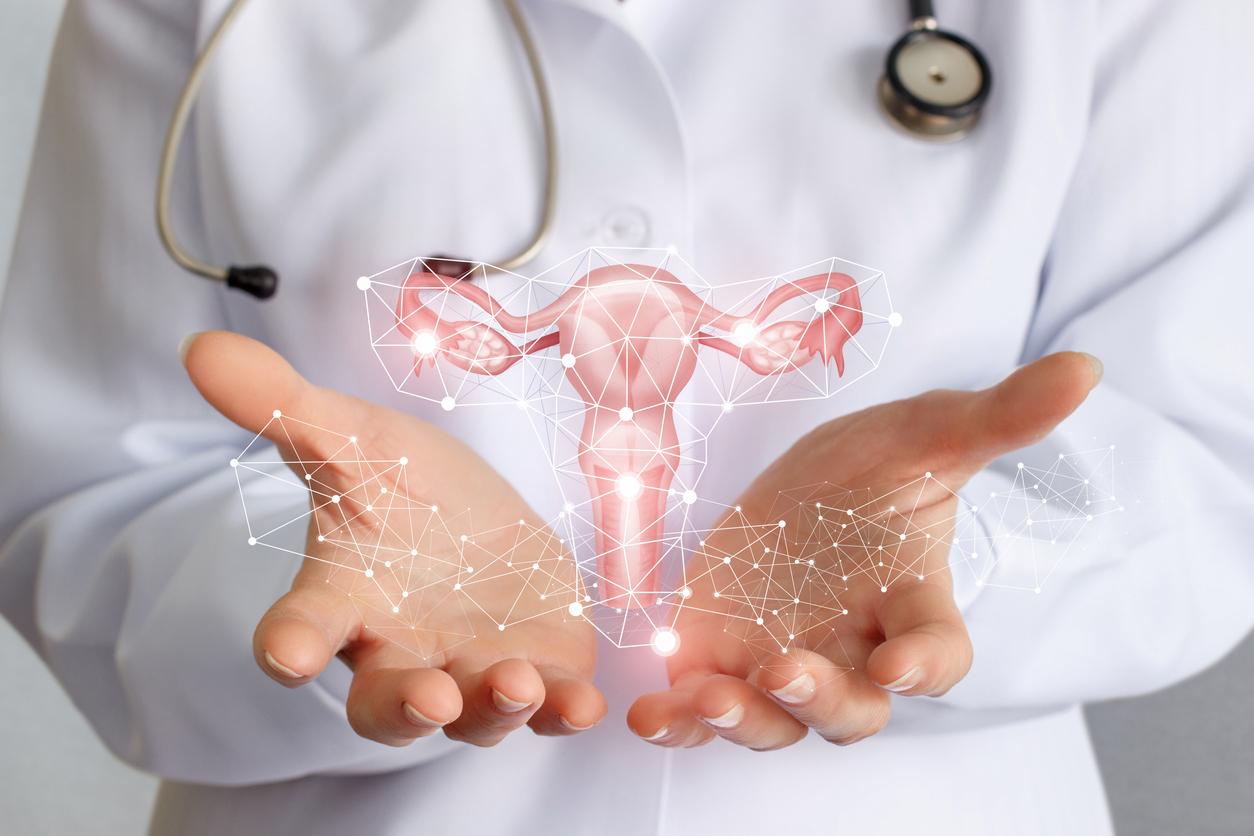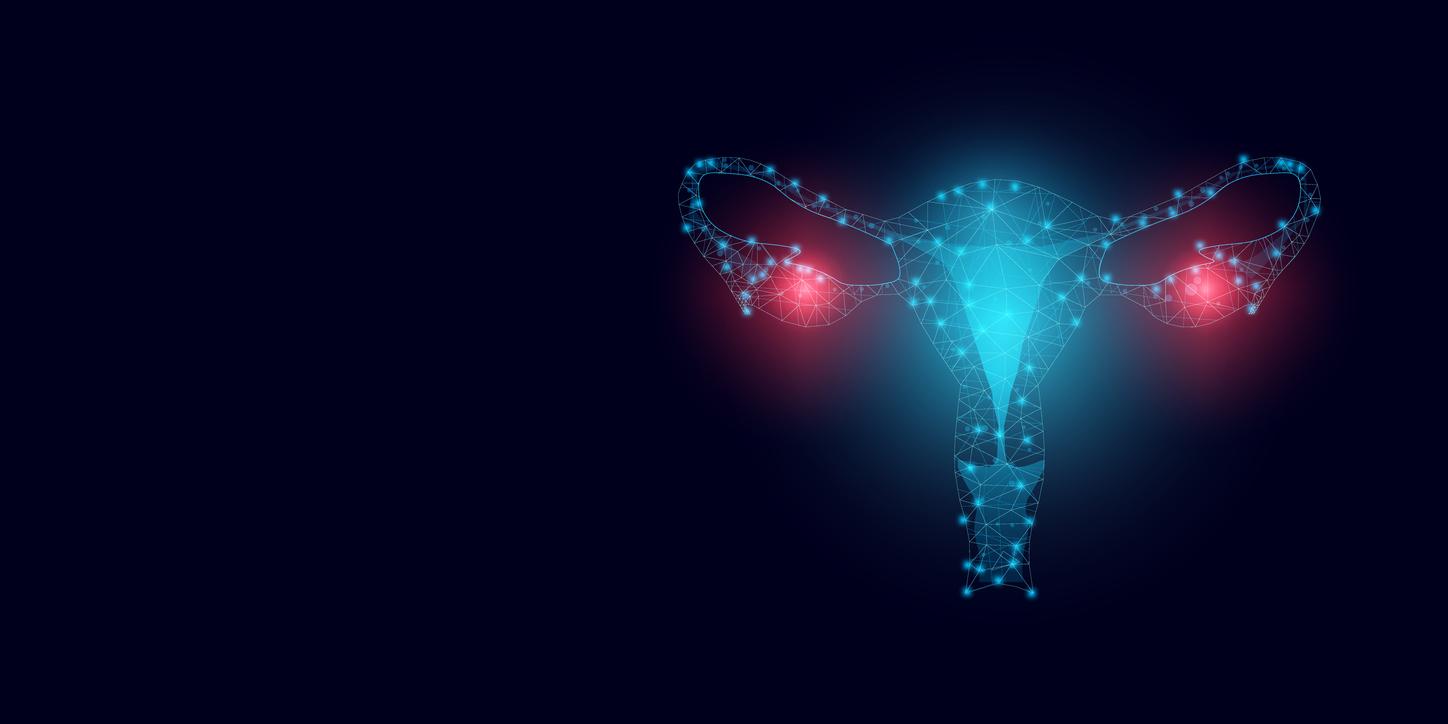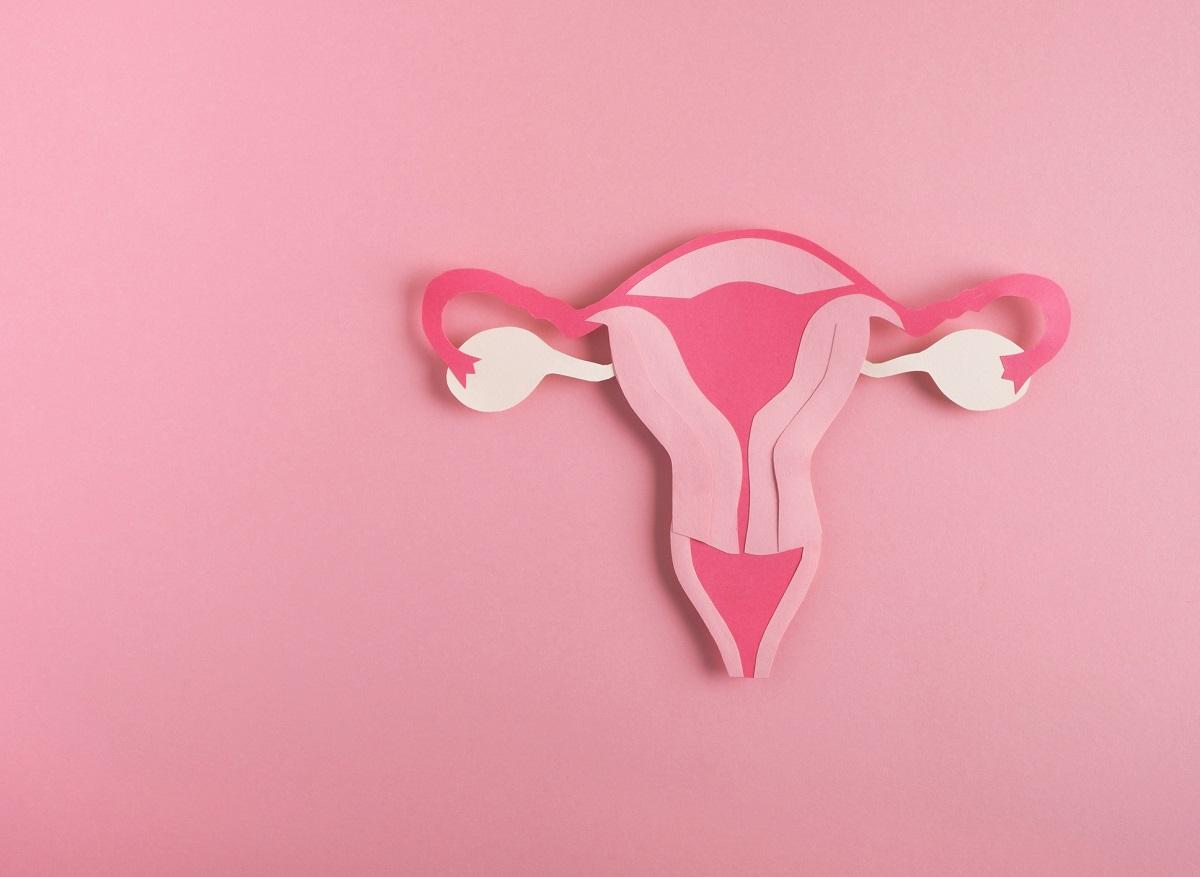Women giving birth in the United States experience fewer and fewer episiotomies. In France too, even if the figures are higher. But the country is coming back from further afield.
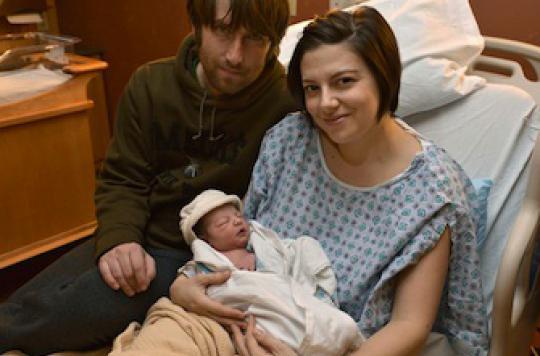
Good news for all women who are going to give birth! There are fewer and fewer episiotomies. In other words, genital mutilation, as they perceive it. Because the vulva or the vagina is cut with scissors to facilitate the exit of the baby. Result for the woman, pain for several weeks or several months and a slower resumption of sexual intercourse. Declining numbers were published Tuesday in the Journal of the American Medical Association (JAMA). If they concern the United States, they provide a good opportunity to take stock of the French situation and to compare the two countries.
11.6% in the United States
Across the Atlantic, an episiotomy had to be performed in 11.6% of deliveries by natural routes in 2012, against 17.3% in 2006. To achieve these results, Alexander Friedman, of Columbia University in New York and her colleagues analyzed data from more than 2.2 million women in 510 maternity hospitals. This reduction in the number of episiotomies “probably reflects the adoption of restrictive recommendations in the face of the risks of such a procedure and in the face of the unclear benefits of its routine use”, conclude the authors.
The particularly low figures obtained in the United States are enough to make French women drool with envy. But Prof. Philippe Deruelle, secretary general of the French National College of Gynecologists and Obstetricians (CNGOF), has a first explanation. The United States performs a lot of Caesarean sections. And women who deliver vaginally are the ones who have the least problem.
Listen to Philippe Deruelle, secretary general of the CNGOF: “In the United States, the rates of episiotomies are very low, but the rates of cesarean sections are extremely high …”
Professor Deruelle also has another explanation, more historical this time, according to which the United States might have had a weaker episiotomy policy than France. The episiotomy is old. And initially, it was probably used to shorten the time to expel the baby. Which is still the main indication today. Then, gradually, the episiotomy was also used in prevention, to avoid severe tears of the perineum, prolapse (organ descents) and urinary incontinence. Until the scientific literature showed that episiotomy was not effective in prevention.
Listen to Philippe Deruelle, secretary general of the CNGOF: “The most limited indication concerns the prevention of severe tears …”
Moreover, to avoid tearing of the perineum, the solution for the Ciane (Interassociative collective around birth) is not episiotomy but to be able to adopt a comfortable birthing position.
Listen to Chantal Ducroux-Schouwey, president of Ciane: “To prevent tears, the woman must be left free to move during childbirth”
Created in 2003, Ciane campaigned for a lesser use of episiotomies. And in 2005, the CNGOF issued recommendations to restrict the use of episiotomy. In particular, he asked that it no longer be systematic for women giving birth to their first child. Ten years later, the situation has improved. But without obtaining figures as low as in the United States, because France has come a long way. And from one institution to another, the numbers can vary considerably. “It takes a long time to question a teaching that has lasted for 30 to 40 years”, underlines Professor Deruelle.
30% in France
For women who gave birth to their first child alone, the episiotomy rate was reduced by about a third, to reach 44.4% in 2010, against … 71.3% in 1998. And among women who had had several children, the episiotomy rate was 14.3% in 2010, compared to 36.2% in 1998.
In its recommendations, the CNGOF had set a target of less than 30% with no deadline. Objective therefore achieved for all women whether they have given birth to one or more children. And Professor Deruelle hopes that the next perinatal survey in 2016 will show that 30% of episiotomies are reached just in women giving birth to a first child (against 44.4% in 2010).
For its part, Ciane calls for a lowering of the rate towards which the establishments must aim, the national objectives having been reached and certain establishments reaching rates of the order of 10% or even less.
.







